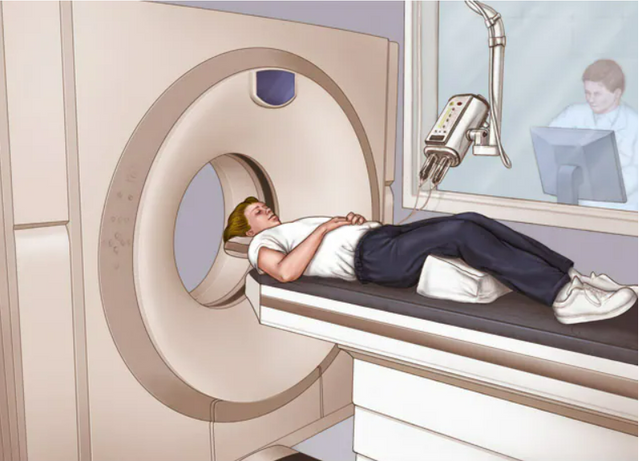What types of 3D body scanning technology are there?
With the continuous development of science and technology, 3D body scanning technology has been widely used in many industries, including medical health, fashion design, fitness and virtual reality. Different technologies provide a variety of scanning accuracy and application scenarios. Below we will introduce several major 3D body scanning technologies and their characteristics.
- Laser scanning technology
Principle: Laser scanning uses a laser beam to scan the surface of the human body and creates a high-precision 3D model by measuring the time difference of light reflection from the human body. This method can capture complex surface structures very accurately, and the generated 3D images are often rich in details.
Advantages:
High accuracy, suitable for applications that require fine surface details, such as medical imaging and clothing customization.
The scanning speed is fast, and a full-scale scan of the body can be completed in a few seconds.
Disadvantages:
Laser has potential safety risks to the skin, especially in medical or sensitive groups, it needs to be used with caution.
High cost, expensive equipment, and high maintenance costs.
Application scenarios:
Medical imaging (such as preoperative measurement for orthopedic surgery)
High-end fashion customization (tailor-made clothing)
2.Structured light scanning technology
Principle: Structured light scanning generates a 3D model by projecting grating patterns (stripes or grids) onto the surface of the human body and using a camera to capture the deformation of these patterns. This technology is also widely used in scenarios that require medium precision.

https://www.revopoint3d.com/pages/handheld-3d-scanner-range2
Advantages:
Good safety, no need for high-energy light sources such as lasers.
The scanning range is large, and the overall structure of the human body can be quickly captured.
Disadvantages:
Sensitive to ambient light, prone to noise when light changes or surface reflectivity is strong.
The ability to capture details is not as good as laser scanning.
Application scenarios:
Human body size measurement in the clothing industry
Body modeling in virtual fitting rooms
Body tracking and analysis in the fitness industry
3.Photogrammetry technology
Principle: Photogrammetry uses multiple cameras to shoot the human body from different angles and combines the data of these 2D images to generate a 3D model. This technology mainly relies on image processing and computer vision algorithms to reconstruct three-dimensional images.
Advantages:
The hardware equipment is relatively simple and only requires an ordinary camera to achieve it.
High flexibility, can be used in non-laboratory environments such as outdoors.
Suitable for large-scale applications, especially some scenarios that require quick acquisition of 3D models.
Disadvantages:
Low, detail capture is not as good as other scanning technologies.
High requirements for background and environment, complex background will affect the image processing effect.
Application scenarios:
Body posture tracking in the fitness industry
Role modeling in virtual reality
Game design and animation production
4.Infrared depth camera technology
Principle: Infrared depth camera technology detects the distance between the object and the camera through a combination of infrared light and camera, and generates a 3D image. This technology is often used in consumer devices, such as the facial recognition function of smartphones.
Advantages:
Low hardware cost and easy to integrate into daily devices.
Low requirements for lighting conditions, can be used in low-light environments.
Disadvantages:
Relatively low accuracy, suitable for simple 3D modeling needs.
The scanning range is small, usually only for facial or local scanning.
Application scenarios:
Facial recognition and posture tracking of smartphones
Interactive entertainment devices, such as motion capture of game consoles
5.MRI and CT scanning technology
Principle: MRI (magnetic resonance imaging) and CT (computed tomography) technologies are mainly used in the medical field to reconstruct slice images of the human body to generate high-precision 3D models.

Advantages:
Extremely high accuracy, able to capture the internal structure of the human body.
Can be used for diagnosis and treatment planning, especially suitable for imaging of bones and soft tissues.
Disadvantages:
Expensive equipment and long scanning time.
Mainly used in the medical field, not suitable for daily 3D scanning needs.
Application scenarios:
Medical diagnosis and surgical planning
Human structure analysis in scientific research